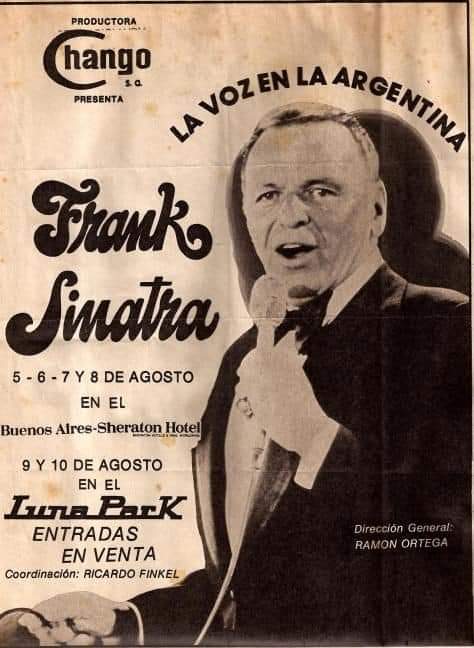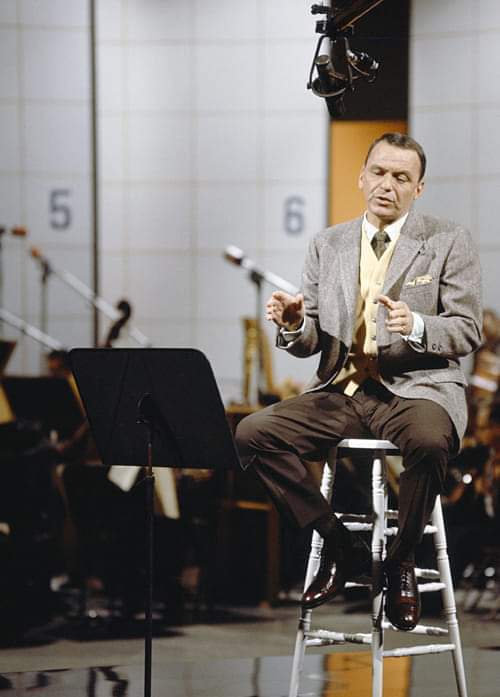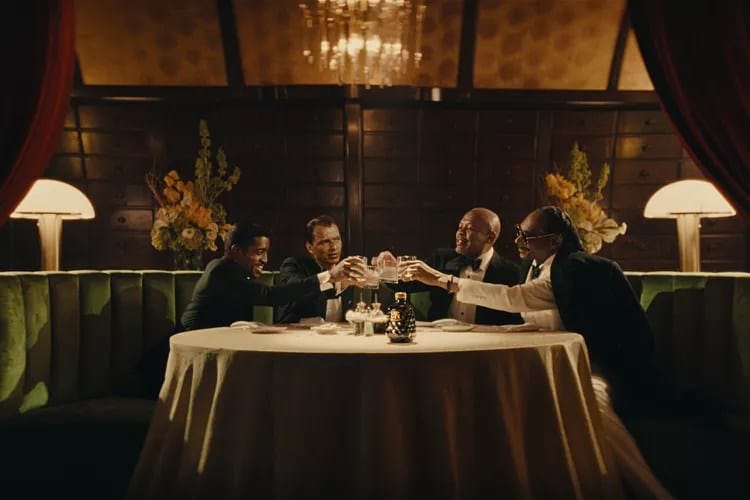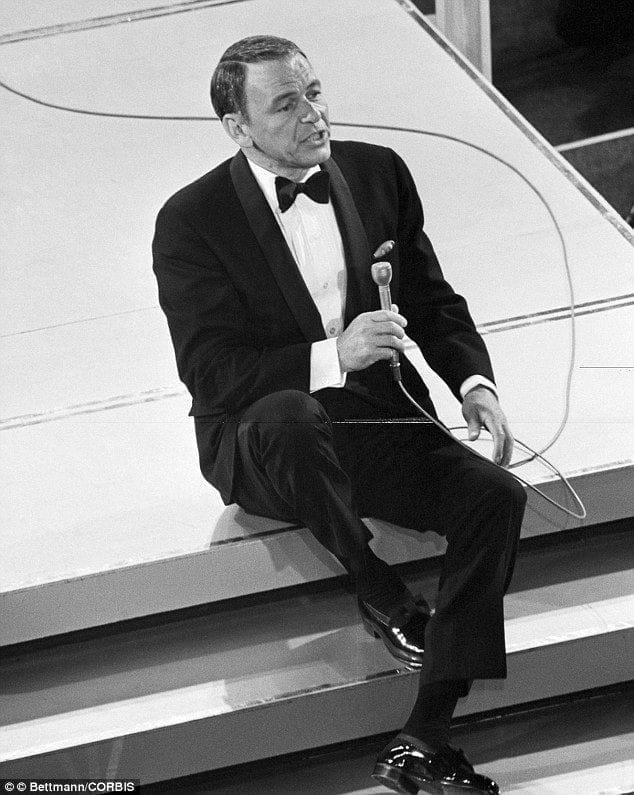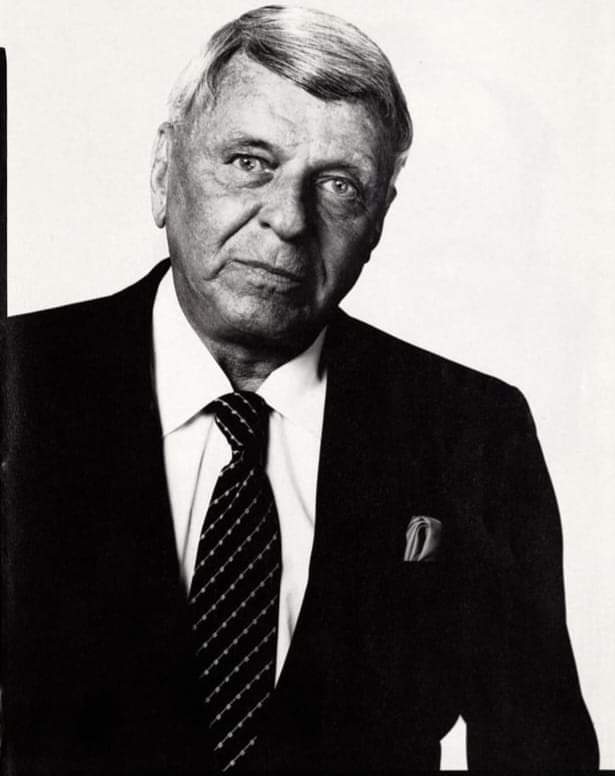
THE LAST YEARS OF FRANK SINATRA
By Mahnuel Muñoz
Chapter 9
“Duets” was published on October 25, 1993 with almost one and a half million copies sold in advance, and hit the US charts in November of the same year, remaining there for thirty-eight weeks and peaking at number two. , below the album “Vs.” (Versus) by Pearl Jam. In the United Kingdom it reached fifth place on the charts and remained there for fourteen weeks. It is the best-selling album of Sinatra’s entire career.
“Duets II” hit the North American charts in December 1994, stayed for 18 weeks and reached its best record of ninth place. The United Kingdom gave it a discreet twenty-ninth place and a stay on the charts of six weeks.
“Duets II” was awarded a Grammy for Best Traditional Pop Vocal Performance. The last Grammy Awards awarded to Sinatra dated back to 1966.
“Duets” went triple platinum and “Duets II” went platinum, with combined estimated sales of more than nine million copies. The success of this bilogy laid the foundations for other similar albums that have been published to this day.
In the early promotional phases of “Duets,” the record company tried to turn the work’s main defect into a virtue, announcing that, although the duets were not real, it was a notable technological achievement in which telephone lines had been used. optical fiber designed by the Skywalker Sound company, owned by George Lucas, and multitrack digital recording. A year later, in the promotion of “Duets II” all mention of technology was ignored, and a television special broadcast on Thanksgiving suggested that the artists had recorded in person with Sinatra.
“Duets” may have been born in the first instance as a product designed primarily to fatten the coffers of Capitol Records. If this were the case, it would not be a betrayal of Sinatra’s professional principles, that he always sought commercial relevance, and to achieve this objective he did not hesitate to occasionally resort to contemporary musical trends that were far from his artistic coordinates. But staying with that assessment is an error of superficiality that is inconvenient when approaching the analysis of a work of art. Producer Phil Ramone’s pact with Sinatra was to create an album of his time, which reflected that technology had advanced and was capable of creating a final worthy, emotional and inspiring legacy so that new generations could learn about his music and get closer to him. her, and there is no better way than to surround her with references with whom they can identify.
“Duets” fulfilled each of those slogans. To denigrate the work because the duetists did not coincide in a study would be equivalent to detracting from dozens of historical recordings that have been made by composing and recording their parts separately and then joining them with the help of technology. I will give just one example, that of “Good Vibrations”, Brian Wilson’s masterpiece for The Beach Boys; It was recorded by joining a multitude of small sound fragments in sessions held in four different recording studios between February and September 1966. I do not intend to compare the importance of both works, but I do intend to undermine critical elasticity.
The result obtained in each duet will be subject to the personal tastes of each listener. Perhaps the melismas of Aretha Franklin or Luther Vandross do not combine as well with Frank’s sobriety as the simple elegance of Tony Bennett or Lena Horne does, but the value of any duet album is that they are a colorful and multifaceted tribute. There will be those who may be bothered by the presence of Julio Iglesias, Luis Miguel or Bono (I think their duets have a lot of charm) but I think we all agree that the songs with Natalie Cole, Charles Aznavour, Liza Minnelli, Linda Rondstadt, Frank Jr. and the aforementioned Bennet and Horne are irresistible interpretations that are proof of technological tricks and worthy continuators of Sinatra’s best legacy. In a present like ours, in which diversity and inclusion are called for, “Duets” is a current and necessary work.
Frank Sinatra did not lose his cultural and iconographic stature since his return in 1973. But the commercial success of “Duets” also led to the Great American Songbook being talked about and massively heard again on radio and television in the midst of the era of Nirvana. Even a video clip for “I’ve Got You Under My Skin” performed with Bono, the singer of the group U2, could be seen frequently on MTV, feats that should not be treated lightly.
Frank Sinatra, as a man and an artist, probably found this work one of his greatest challenges. With his health and qualities noticeably diminished, he had to leave his comfort zone and face his ghosts to undertake the project and make it worthy of his signature. At the time, both critics and the public had different opinions, but I believe that time has played in its favor and has rewarded Sinatra and the team that made it possible. “Duets” is a hyperrealistic portrait of the time in which it was created, with everything poetic and prosaic, and to enjoy it we have to approach it in the same way we do with a film: suspending prejudice and rationality, letting ourselves be carried away by the beauty of the melodies and the genuine emotion of the voices, lovingly welcoming this last gift of the 20th century voice.
If you want to visit more articles about the life of Frank Sinatra enter the following Sinatra Radio 24h link: https://sinatraradio24h.com/category/articles/
We remind you that you can also listen to Sinatra Radio 24 hours on your mobile phone by downloading our free applications for Android in the Play Store https://play.google.com/store/apps/details?id=sinatra.radio24h

